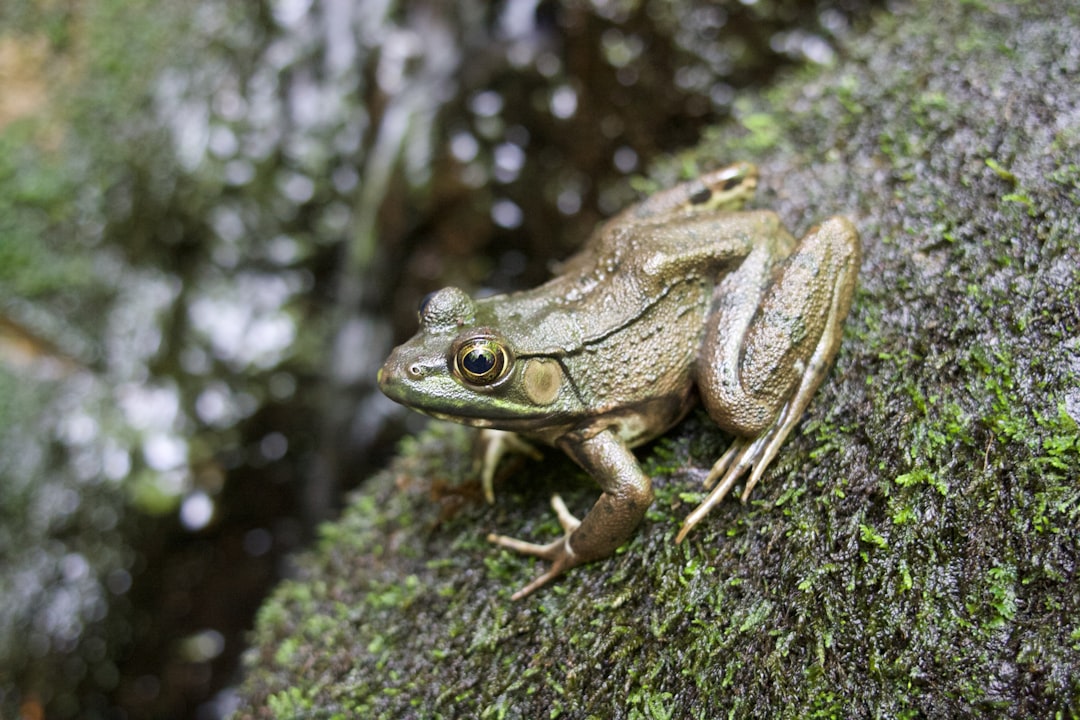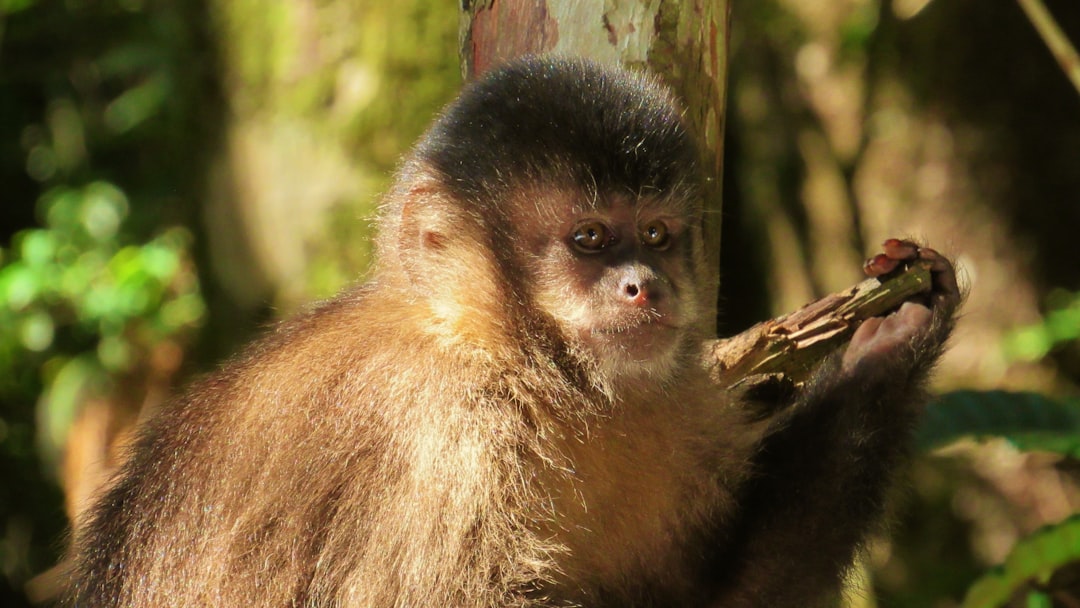What is it about?
Our method differs from fluid dynamic modeling by measuring, rather than predicting 3D river flows from bank to bank and surface to bottom, over long distances. Flow measurements, combined with high resolution bathymetry and terrestrial topography, allow imaging complex hydraulics and channel form throughout entire river reaches. These base maps allow simulating the drift speed and pathways of drifting particles (free embryos).
Featured Image
Why is it important?
This data collection method and data processing software called River Analyzer advances our ability to simulate the drift fate of particles or contaminants in complex channel forms, including braided channels with islands or mid-channel bars, over long distances. We applied this method to examine the dispersal of Pallid Sturgeon free embryos using higher density hydraulic data than has ever been measured throughout 200+ miles of river. This method could also be applied to the dispersal fate of oil spills or other contaminants.
Perspectives
My co-author who developed this methodology is an innovative physical hydrologist. It was a pleasure to apply his technique to biology and advance our understanding of flow interactions with riverine biota and their habitat. Work continues to examine how 3D hydraulic conditions shift with seasonal river stage changes.
Brian Marotz
Montana Fish, Wildlife & Parks
Read the Original
This page is a summary of: Pallid sturgeon larvae: The drift dispersion hypothesis, Journal of Applied Ichthyology, December 2017, Wiley,
DOI: 10.1111/jai.13569.
You can read the full text:
Contributors
The following have contributed to this page










